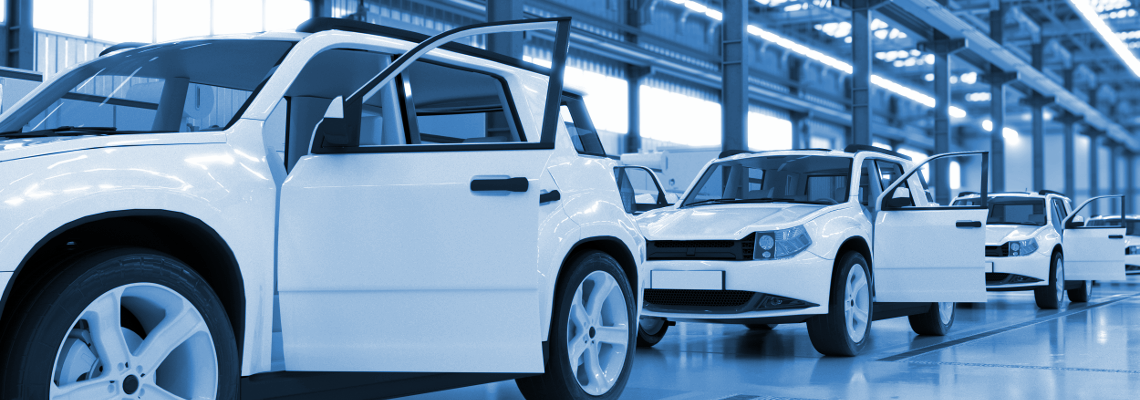WEG Building Plant for EV Batteries in Brazil
Brazilian WEG has announced plans for a new 6,000 m2 plant in Jaraguá do Sul, Santa Catarina, Brazil, to produce battery packs for EVs. With the investment, the annual capacity will be 1 GWh in battery packs. WEG plans a highly automated plant, with 140 direct employees; WEG’s timeline calls for completion of the plant in 1H 2024.
Source: Automotive Business Read The Article
PSR Analysis: WEG aims to supply EV production for OEMs located in Brazil. With strong background in drives and industrial electrical components, WEG could be a natural selection for many OEMs in Brazil. PSR
Fabio Ferraresi is Director of Business Development-South America for Power Systems Research




